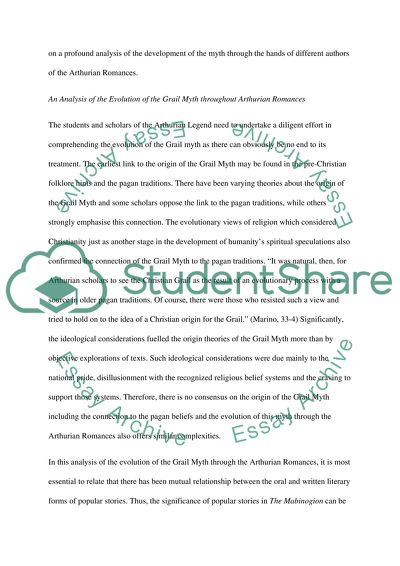Cite this document
(“The Evolution of the Grail Myth throughout Arthurian Romances Book Report/Review”, n.d.)
The Evolution of the Grail Myth throughout Arthurian Romances Book Report/Review. Retrieved from https://studentshare.org/literature/1520817-the-evolution-of-the-grail-myth-throughout-arthurian-romances
The Evolution of the Grail Myth throughout Arthurian Romances Book Report/Review. Retrieved from https://studentshare.org/literature/1520817-the-evolution-of-the-grail-myth-throughout-arthurian-romances
(The Evolution of the Grail Myth Throughout Arthurian Romances Book Report/Review)
The Evolution of the Grail Myth Throughout Arthurian Romances Book Report/Review. https://studentshare.org/literature/1520817-the-evolution-of-the-grail-myth-throughout-arthurian-romances.
The Evolution of the Grail Myth Throughout Arthurian Romances Book Report/Review. https://studentshare.org/literature/1520817-the-evolution-of-the-grail-myth-throughout-arthurian-romances.
“The Evolution of the Grail Myth Throughout Arthurian Romances Book Report/Review”, n.d. https://studentshare.org/literature/1520817-the-evolution-of-the-grail-myth-throughout-arthurian-romances.


